Global Inspiration: Cities That Are Getting Smart About Walkability and Sustainability
Cities around the world are reimagining what it means to be livable, healthy, and sustainable. From Europe to South America, here are six inspiring examples of how smart urban planning is transforming communities by prioritizing walkability, public transportation, and environmental resilience.
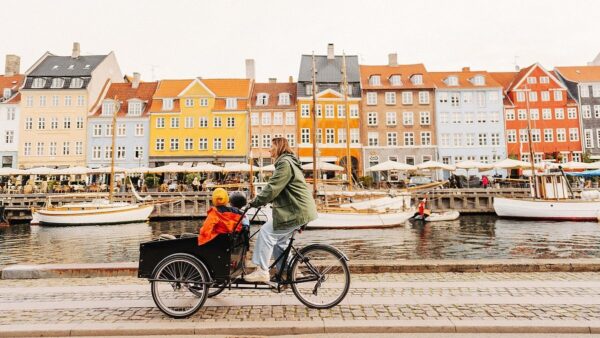
Photo: Tripadvisor
Copenhagen, Denmark
Copenhagen is a model for bike-first design. Over 62% of residents commute by bike daily, thanks to expansive bike lanes, car-free zones, and the long-term Finger Plan that integrates land use with transit access while preserving green space.
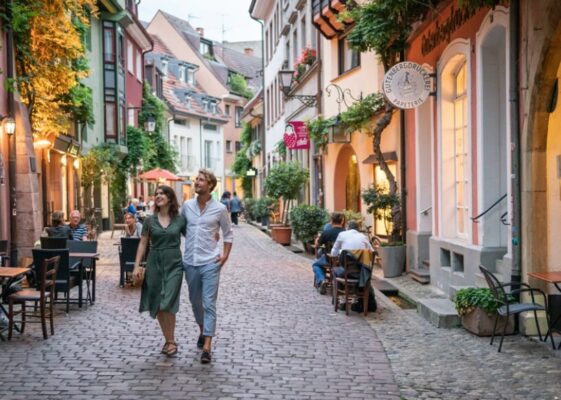
Photo: Streifzüge durch Freiburg
Freiburg, Germany
Freiburg’s Vauban district is a pedestrian-friendly neighborhood built with sustainability in mind. With solar-powered homes, accessible transit, and limited car access, Freiburg shows what’s possible when cities are designed for people, not just cars.
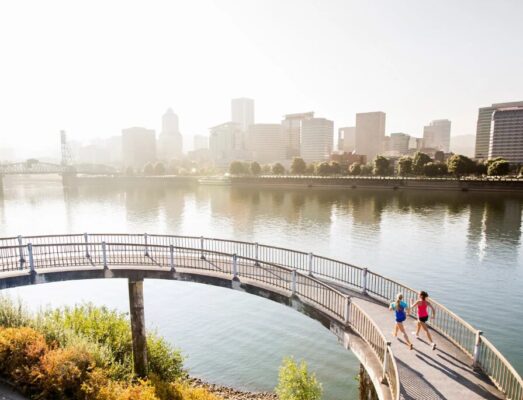
Photo: JLL
Portland, Oregon, USA
Portland has set the bar in the U.S. with policies like its urban growth boundary to prevent sprawl and encourage compact, walkable neighborhoods. Combined with strong investments in transit and bike infrastructure, Portland is a trailblazer in sustainable planning.
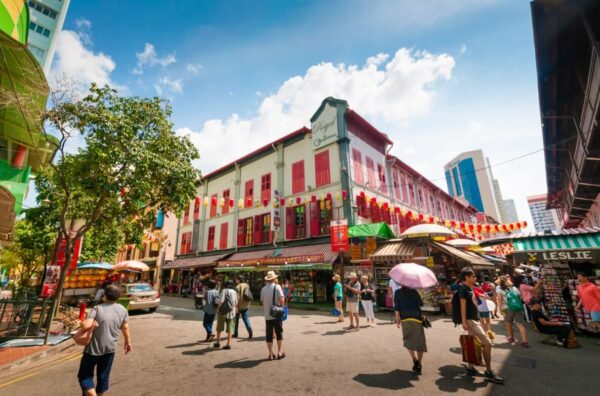
Photo: Getty Images
Singapore
Singapore proves that dense urban living and sustainability can go hand-in-hand. Through vertical gardens, green building mandates, and a world-class transit system, Singapore has turned limited space into an asset.
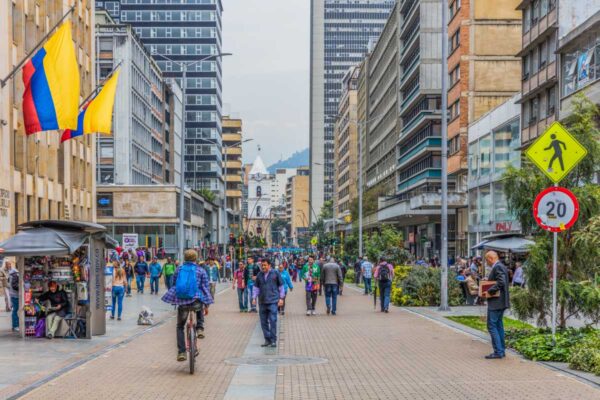
Photo: Destinationless Travel
Bogotá, Colombia
Bogotá is a global pioneer in equitable transit with its TransMilenio BRT system and Ciclovía program, where streets open weekly to pedestrians and cyclists. It’s a shining example of how cities can reclaim space for people.
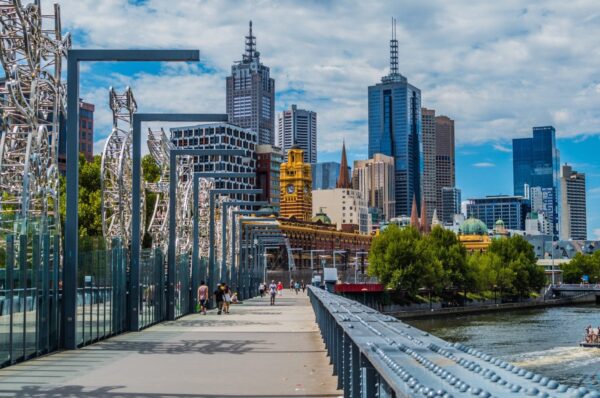
Photo: Go Walkabout Travel
Melbourne, Australia
Melbourne’s “20-minute neighborhood” model ensures that residents can walk or bike to daily essentials within 20 minutes. This decentralizes services, reduces car dependency, and strengthens local communities.
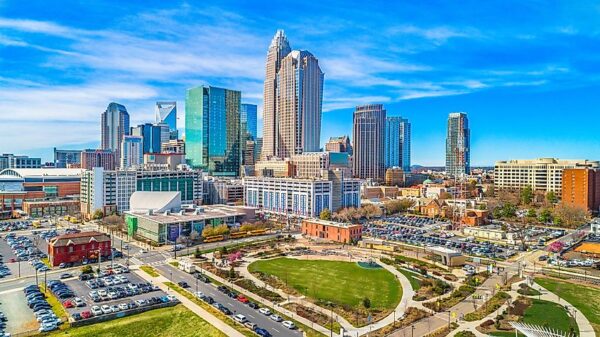
Photo: WorldAtlas
What Charlotte Can Learn — and Do — Today
Charlotte is at a turning point. With rapid growth and mounting challenges around equity, mobility, and climate, we have a real opportunity to apply lessons from these global leaders:
- Expand the 2040 Plan’s Vision: Ensure zoning supports walkable, mixed-use development around transit corridors.
- Build Light Rail Right: Prioritize development that puts housing, jobs, and retail within walking distance of future light rail stations.
- Invest in Bike and Pedestrian Infrastructure: Fund projects that make walking and biking safer, especially in historically underserved areas.
- Reimagine Public Spaces: Use open streets events to activate neighborhoods and give residents a taste of a car-light future.
- Commit to the 2040’s plan for a 10-Minute City Model: Strengthen neighborhood-scale planning to ensure everyone can access daily needs close to home.
With bold planning and community-centered design, Charlotte can join this list of global leaders in smart, sustainable urban living.
Thanks for reading!
As a nonprofit, community support is essential for us to keep doing what we do — including providing free articles like this. If you found this article helpful, please consider supporting Sustain Charlotte.
Want to stay in the loop? Subscribe to our weekly newsletter and follow us on Instagram, Facebook, and X.
